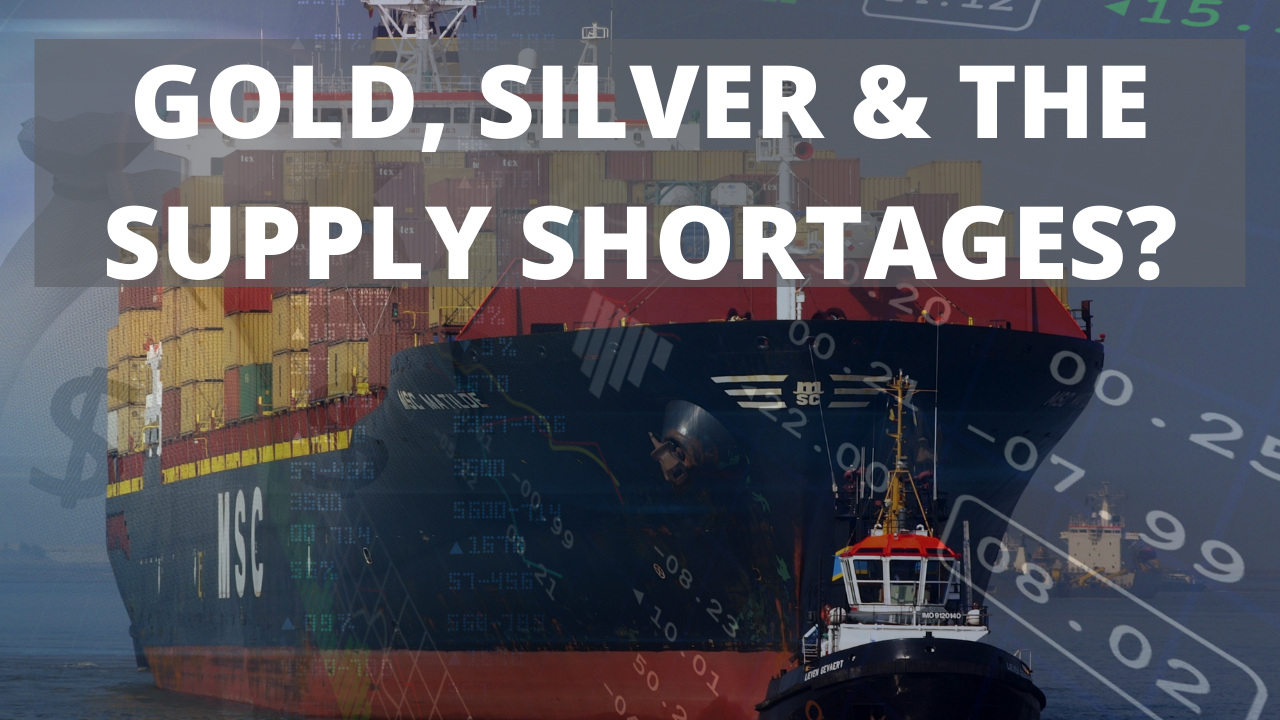
The broken chain – could the supply crunch be worse than the oil crunch of the 1970s
Anyone that has bought a new or used car in the last year has faced higher prices and long wait times for delivery. This is all because of the very small but essential semiconductor, which is in short supply worldwide.
The shortage first deemed to be a short-term supply bottleneck is now expected to run well into next year. Automakers have had to reduce output by an estimated 11 million vehicles this year and 8.5 in 2022. This is costing automakers an estimated $400 billion in revenue.
The main catalyst for the shortage has been Covid-19 related. The global shutdowns caused production disruptions and other supply disruptions. Meanwhile automakers slashed their orders for semiconductors as global demand for cars was slowing, the demand for electronics was skyrocketing. This pushed production towards electronics instead of auto. Demand was stronger in the summer of 2020 than anticipated, which against already lower inventories deepened the shortage.
Demand Will Continue to Exceed Supply
And now this week Apple’s share price dropped because the company announced it expects to make 10 million fewer iPhones than planned.
According to Bloomberg…
The technology giant is one of the world’s largest chip buyers and sets the annual rhythm for the electronics supply chain. However, even with strong buying power, Apple is grappling with the same supply disruptions that have wreaked havoc on industries around the world.
Major chipmakers have warned that demand will continue to outpace supply throughout the next year and potentially beyond.
We added the bolding to emphasize that this supply change issue is not a short-term problem. Moreover, it is an ongoing one that is not expected to be resolved anytime soon. Bloomberg goes on to report that
There are signs the chip crunch is getting worse. Lead times in the industry – the gap between putting in a semiconductor order and taking delivery – rose for the ninth month in a row to an average of 21.7 weeks in September
Beware the Holiday Rush!
It is not just new autos and iPhones that now have multi-year high wait times for delivery – shortage affects hundreds of industries and thousands of products. Any product that has or relies on anything with electronics is affected in some way.
Add on to the semiconductor shortage the shipping crisis.
Global supply-chain delays are so severe that some of the biggest U.S. retailers have resorted to an extreme – and expensive – tactic to try to stock shelves this holiday season: They are chartering their own cargo ships to import goods … The chartered ships are smaller than those that companies like Maersk operate and move just a small slice of total imports, the executives said. Ships that can hold around 1,000 containers are on average nearly twice as expensive as the cost of moving cargo on a typical 20,000-container vessel, according to freight forwarders
(WSJ.com 10/12)
By chartering smaller vessels these retailers are creating a workaround. For example, by moving from the most congested ports, such as Los Angeles and Long Beach where the backup reached up to 275 ships by late September, to ports that the large ships are unable to use.
Why should gold and silver investors care about the supply shortages?
The answer to this question is threefold:
- Gold and to a lesser extent silver are safe-haven assets. As these crises become more extreme investors turn to gold, which leads to the second point.
- Gold and silver serve as portfolio diversifiers. Most importantly, as supply chain issues wreak havoc on equity markets gold and silver hold their value and provide stability in the portfolio.
- Gold and silver provide an inflation hedge for the rising prices that will ensue as the supply chain crunch continues. Certainly as discussed above the large retailers are finding solutions to the shipping problem by chartering. However, at a higher cost which will be passed on to the consumer.
Gold & Silver – Zero Supply Chain Risk
Almost every good we consume is either fully made elsewhere or has commodity or manufactured components that are produced elsewhere. Therefore, they have to be shipped, trucked, or railed to our location for purchase. This translates to – most goods are in some way affected by the growing supply crunch.
Most importantly, the best thing about physical gold and silver is that they rely upon no one for validity. Zero counterparty risk is often used to describe the precious metals. That is because company management teams or governments can take away your purchasing power by giving it to themselves. Therefore, it is time now to note that there is zero supply chain risk with gold you hold.
GOLD PRICES (USD, GBP & EUR – AM/ PM LBMA Fix)
13-10-2021 1767.45 1785.70 1296.78 1309.630 1529.550 1543.920
12-10-2021 1759.10 1767.75 1292.41 1301.770 1521.800 1532.460
11-10-2021 1752.55 1757.65 1286.72 1288.180 1516.480 1518.260
08-10-2021 1757.50 1773.25 1291.41 1300.500 1520.410 1533.330
07-10-2021 1758.55 1762.10 1294.12 1294.440 1521.500 1521.040
06-10-2021 1748.25 1759.70 1290.21 1297.780 1513.980 1525.130
05-10-2021 1758.00 1753.20 1290.90 1287.020 1515.750 1512.660
04-10-2021 1751.85 1754.55 1291.64 1287.490 1508.520 1508.740
01-10-2021 1755.60 1757.05 1300.72 1295.470 1515.610 1515.100
30-09-2021 1730.95 1742.80 1286.96 1293.330 1492.250 1505.080
29-09-2021 1741.65 1737.15 1288.65 1290.880 1493.120 1492.390
Buy gold coins and bars and store them in the safest vaults in Switzerland, London or Singapore with GoldCore.
Learn why Switzerland remains a safe-haven jurisdiction for owning precious metals. Access Our Most Popular Guide, the Essential Guide to Storing Gold in Switzerland here


